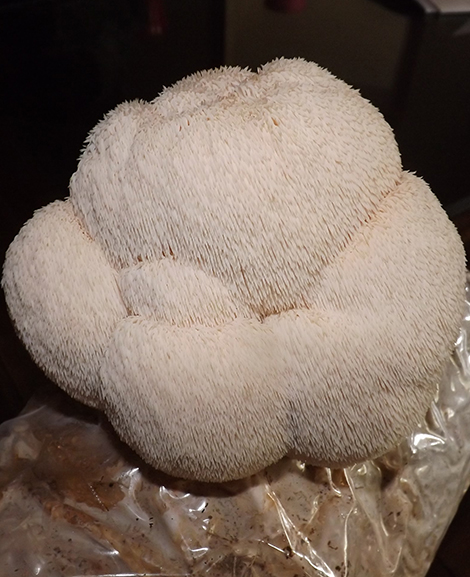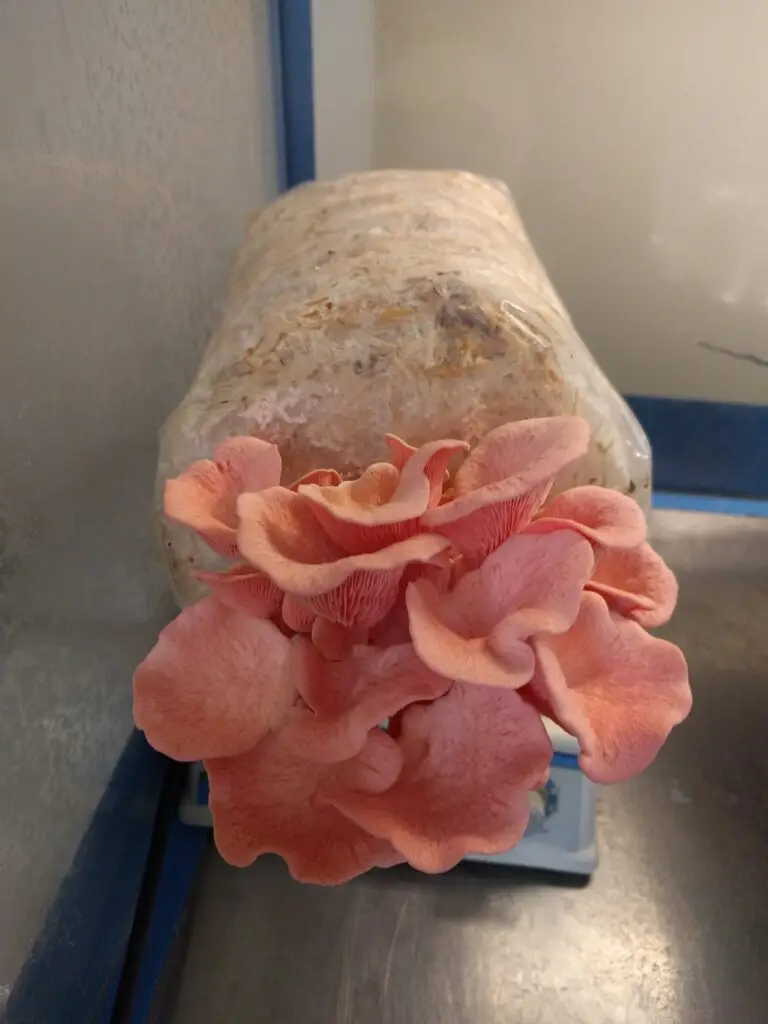
Phoenix Oyster Mushroom: A Complete Guide to the 10cc Liquid Culture Syringe
If you’re passionate about gourmet mushrooms or just starting your


Cloning a mushroom may sound like something out of a sci-fi movie, but it’s a straightforward process that anyone with an interest in mycology can learn. Whether you want to preserve a particularly tasty mushroom or grow a rare strain at home, learning how to clone a mushroom is a fantastic skill to add to your repertoire. This guide will walk you through the step-by-step process of cloning a mushroom and growing your very own fungi.
Mushroom cloning is a technique used to replicate a specific mushroom by taking a tissue sample and cultivating it to grow identical mushrooms. Unlike starting with mushroom spores, which can produce genetic variation, learning how to clone a mushroom ensures that the new mushrooms will have the same traits as the original. This method is widely used by hobbyists and commercial growers to propagate high-quality or rare mushrooms. So it is almost essential to learn how to clone a mushroom.

There are several reasons why you might want to learn how to clone a mushroom:
Before you begin, gather these essential supplies:
Cleanliness is critical when cloning mushrooms. Contaminants like mold or bacteria can easily ruin your efforts. To create a sterile environment:
Choose a fresh and healthy mushroom with desirable traits. Oyster mushrooms, shiitakes, and lion’s mane are popular choices for cloning. Ensure the mushroom is mature but not overly aged, as fresh tissue is easier to clone.
Place the sealed agar plate or jar in a warm, dark location (65-75°F) and let it incubate for 1-2 weeks. During this time, the mushroom tissue will begin to grow mycelium, the root-like structure of fungi.
Check the container regularly for signs of growth or contamination. Healthy mycelium will appear as white, thread-like structures spreading across the agar. If you notice any green, black, or yellow spots, these are signs of contamination, and you’ll need to start over.
Once the mycelium has fully colonized the agar, it’s time to transfer it to a bulk substrate for fruiting. Common substrates include:
Break the agar into smaller pieces and mix it with the prepared substrate in a clean container. Keep the environment humid and maintain the proper temperature for the mushroom species you’re growing.

Contamination is the most common issue when cloning mushrooms. To reduce risks:
Not all mushrooms are ideal for cloning. Choose varieties that are known to be easy to cultivate, like oyster mushrooms.
If the temperature or humidity is incorrect, the mycelium may fail to grow or produce mushrooms. Research the specific needs of your mushroom species before starting and you will be on your way to learning how to clone a mushroom.
A: Most edible mushrooms can be cloned, but some species are easier to cultivate than others. Start with beginner-friendly varieties like oysters or shiitakes.
A: While tools like a laminar flow hood are helpful, you can clone mushrooms with basic supplies and a clean workspace.
A: Cloning mushrooms typically takes 1-2 weeks for mycelium to grow on agar and several weeks to months for fruiting, depending on the species.
For more in-depth information on learning how to clone a mushrooms, check out these trusted resources:
Learning how to clone a mushroom is a valuable skill for anyone interested in mushroom cultivation. By following this step-by-step guide, you can replicate your favorite mushrooms and enjoy consistent results. Whether you’re a beginner or an experienced mycologist, cloning mushrooms is an exciting way to deepen your understanding of fungi and produce high-quality harvests.
With practice, patience, and a sterile setup, you’ll soon master the art of how to clone a mushroom and expand your mycology expertise. Happy growing!

If you’re passionate about gourmet mushrooms or just starting your

Mushrooms have long been revered in traditional medicine, but modern

When most people think of mushrooms, they imagine small fungi

Mushrooms are more than just fascinating organisms that sprout from

Stay updated with our newsletter for exclusive offers, insights, and the latest in psilocybe cubensis research.

At The Spore Depot, we are dedicated to providing the highest quality psilocybe cubensis mushroom spores for research purposes. With an extensive selection of mushroom spores, our products meet the strictest quality standards, ensuring they are prepared under sterile conditions for optimal results. Whether you’re working with a spore syringe or creating a spore print for detailed analysis, we are committed to supporting your journey into the microscopic world.
Our exceptional contact customer service is here to assist you every step of the way, making sure your experience with psilocybe cubensis spores is both rewarding and insightful. At The Spore Depot, your satisfaction is our top priority as you explore the fascinating world of fungi.